Students Celebrate Day of the Dead by Honoring Their Role Models
November 8, 2019
Vibrant paper decorations and flickering plastic candles could be seen scattered across the collab spaces, accompanied by colorful tissue-paper marigolds and photos of influential figures.
From Oct. 28 to Nov. 6, students from Spanish 2 courses created altars for Dia de los Muertos, a Mexican holiday that celebrates the lives of deceased loved ones. Most ofrendas—often made from shoeboxes that students brought from home—included items found in traditional Dia de los Muertos ceremonies: papel picados, candles, water and marigolds, according to Spanish teacher Grace Maginn.
It’s important to learn different cultures to see why other people celebrate their holidays and what we can take away from it.
— freshman and Spanish 2 student Amber Lee
Altars incorporated profile photos as well as symbols of activities and foods the dead enjoyed while they were alive. While traditional altars in Mexico are usually only made for deceased relatives or close friends, most Spanish students chose to dedicate theirs to late celebrities or pop culture icons. Examples include writer Stan Lee and businessman Steve Jobs.
“I chose to honor Steve Jobs with my altar because he’s a very inspirational figure to me. He started from nothing, and he created one of the largest companies ever,” sophomore Sully Scott said. “I personally believe that it is very important to honor our idols because they have so much influence on the world. In the case of Steve Jobs, he was a great public speaker, which is something that I aspire to be.”
Dia de los Muertos originated in the Aztec empire but has since evolved into a public holiday celebrated throughout the central and southern regions of Mexico. Instead of viewing death as something unnatural and frightening, Mexican culture respects the souls of the deceased and honors them with festivities. However, Dia de los Muertos celebrations are often confused with those that happen on Halloween because of the holidays’ coinciding dates. This year, the world language department focused on distinguishing the two in order to recognize the uniqueness of Dia de los Muertos.
“My hope is that students can understand the significance of the Day of the Dead and what it means to celebrate death and celebrate the life of somebody through creating an altar,” Maginn said. “It’s not just about memorizing all the symbols that are on the altar but really understanding the cultural differences between how Mexican people and other people who celebrate Day of the Dead view death…those are really different things between our cultures.“
Students are walking away from this project with a greater appreciation for Mexican traditions and other cultures as a whole.
“I think [Dia de los Muertos] is important so everyone can remember their work and what they’ve done for society and for people like us. If we don’t honor them, then we can forget about the good things they’ve done,” freshman and Spanish 2 student Amber Lee said. “It’s important to learn different cultures to see why other people celebrate their holidays and what we can take away from it.”



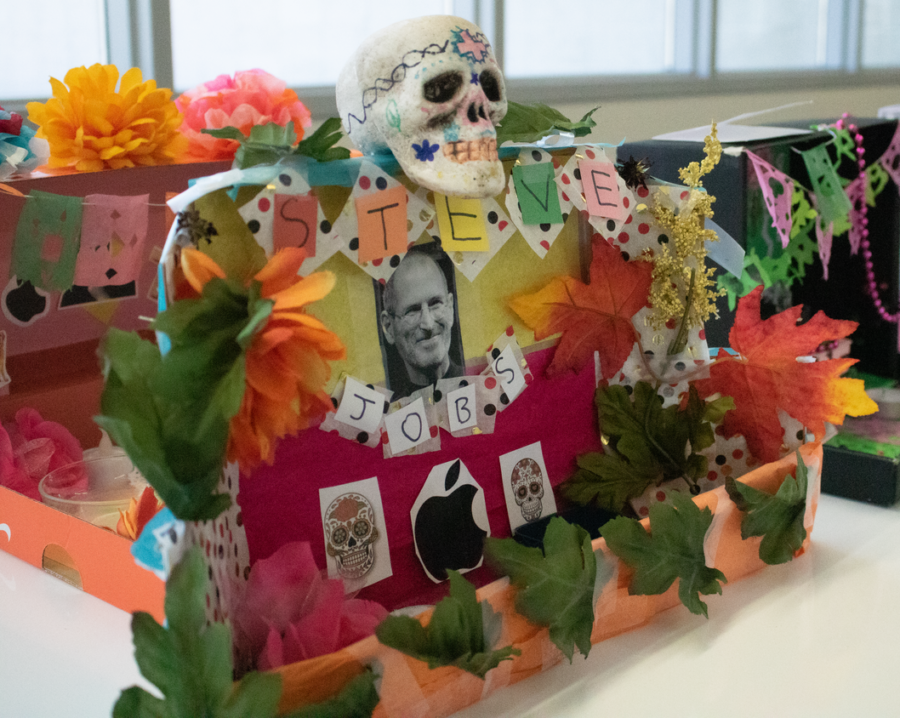
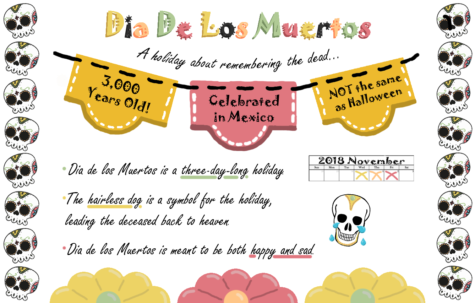
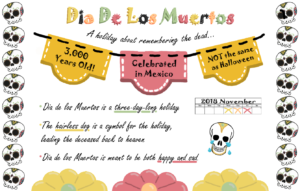
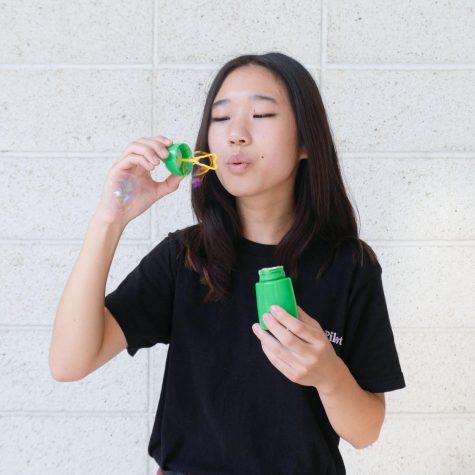

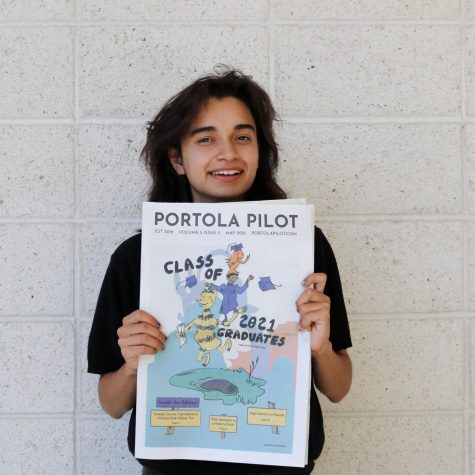
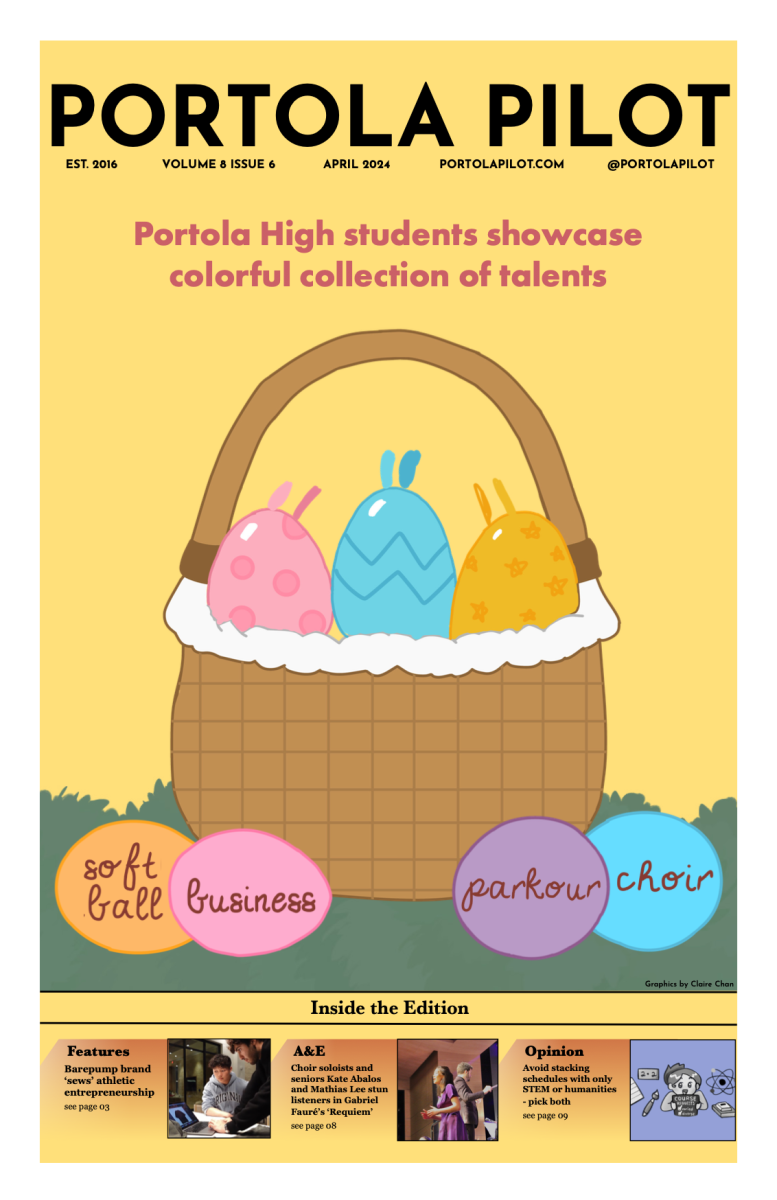
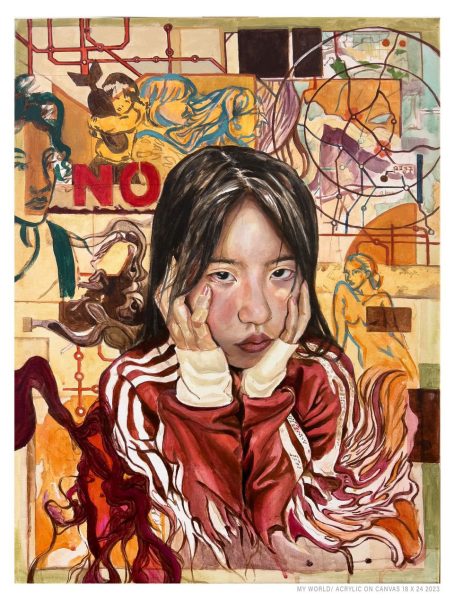
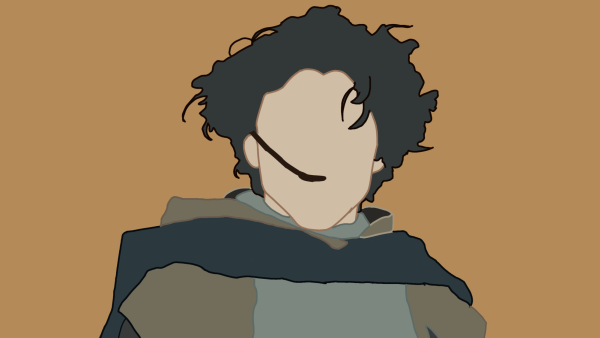
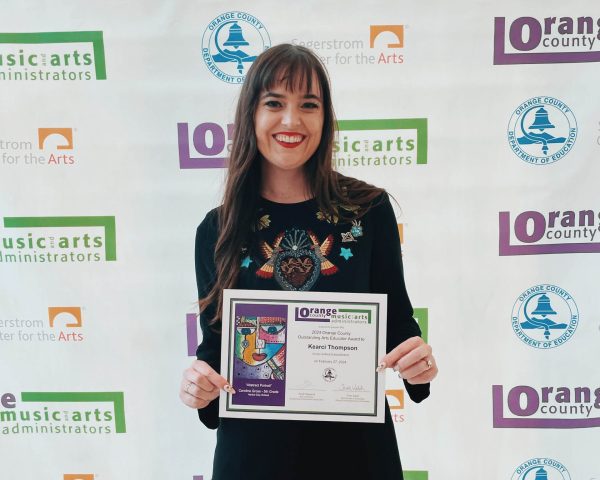
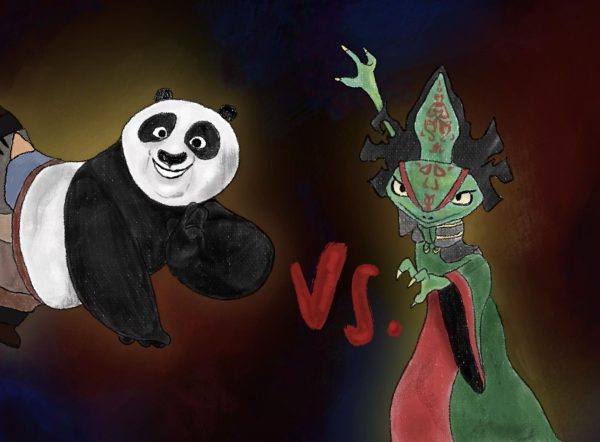


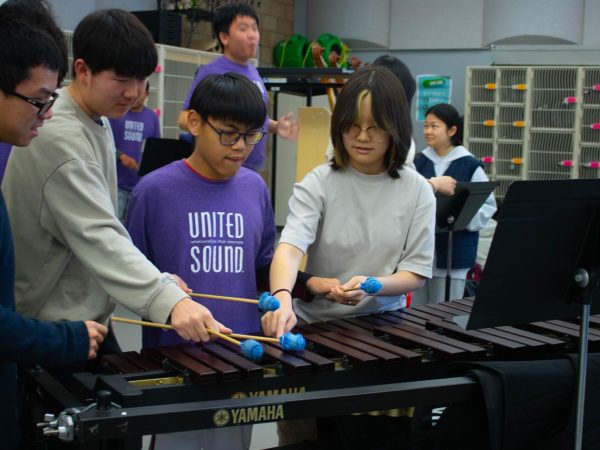
![Art Fair participants from various clubs and art courses had the opportunity to sell handmade creations to students at stands near the ASB room during lunch from Jan. 30 to Feb. 1. “I feel like its just a good way to connect with the rest of my peers, the artist community [and] the student body while also giving back to the school because its given me so many opportunities where I can flourish in the creative arts,” artist and junior Alexander Torpus said.](https://portolapilot.com/wp-content/uploads/2024/02/IMG_6896-1-600x400.jpg)

